Filter on
human behavior research categories

Why use Virtual Reality in Neurosciences?
Virtual Reality may become an easy way to calibrate or standardize complex tasks in immersive environments. How can researchers easily apply VR?

Entrepreneurs’ facial expressions & emotional contagion during investor pitches
What is the influence of emotions in a decision-making process? Dinkla and Liebregts wondered if displaying joy and emotional mimicry play a role during pitches.

Do your emotions and moods change as you get older?
Are emotions affected differently for younger than for older people? Researchers used FaceReader to complement self-assessments and objectify mood changes to answer this question.

Diver behavior captured with wearable cameras
Observing the actual wreck diver behavior using video recordings made with wearables cameras, researchers aimed to enhance effective management strategies for underwater cultural heritages.

How to measure consumer behavior
Measuring consumer behavior enables you to really know your customers and get key insights into consumer preferences and buying behavior. We highlight four of these ways for you in this blog post.

Challenging play behavior: does it still exist?
Although children tend to spend more time indoor in sitting activities, they need feelings of exhilaration for behavioral development. Researchers investigated how risky play behavior can be encouraged.

Investigating facial expressions in autism and borderline personality disorder
Within two specific populations researchers investigated the role of facial expressions on social interactions.

The role of entrepreneurs’ facial expressions to gain financial support
As an entrepreneur, attracting financial support is essential to get your start-up of the ground. How can positive facial expressions help to be more successful in a funding pitch?

Observing and coding the behavior of siblings
Would it help if your brother or sister is sitting by your side when you're in pain? Would that ease the pain, or provide some distraction?

How does handedness relate to infant language development?
Developing motor skills appears to be related to language abilities. The research team of Sandy Gonzalez investigated whether consistency in handedness predicts receptive and expressive language.
Filter on
animal behavior research categories

Our Top 5 Webinars of 2020 on Animal Behavior Research
Over the past year we have hosted several webinars, technical briefings and virtual meet-ups. Now we have listed our Top 5 Webinars of 2020 on Animal Behavior Research for you. Don’t miss out and watch them for free any time!
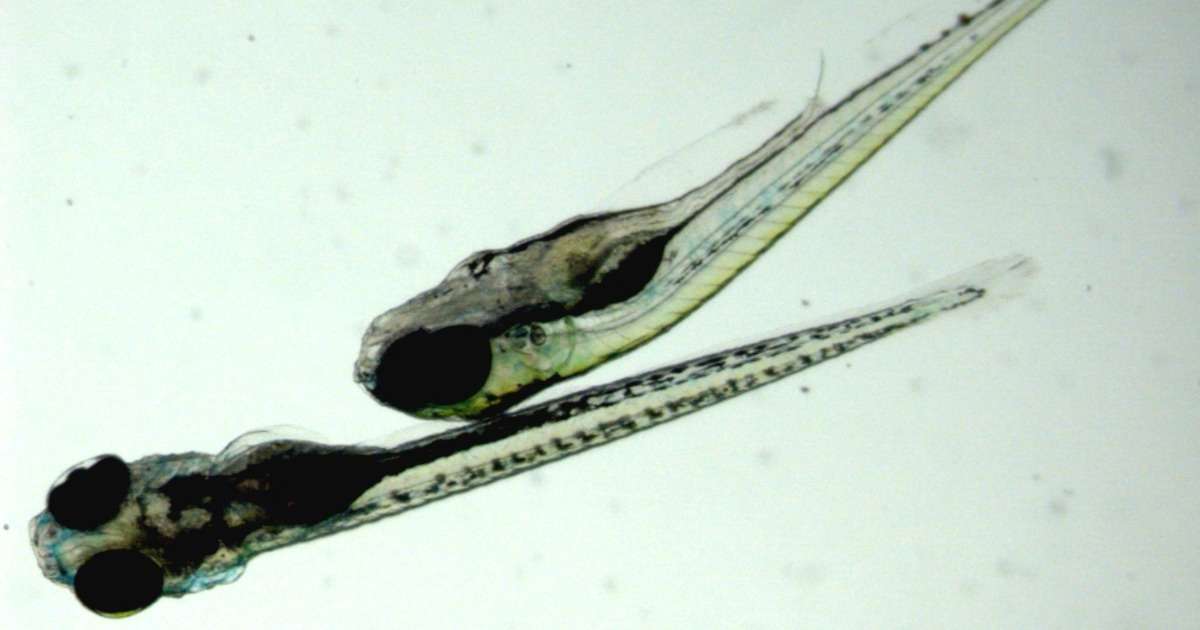
Getting robust results: one zebrafish is not like the other
Zebrafish larvae locomotor behavior often has a high variability, which can have a big impact on your results. Still, it is one of the most used parameters. So how can you make your study more robust?
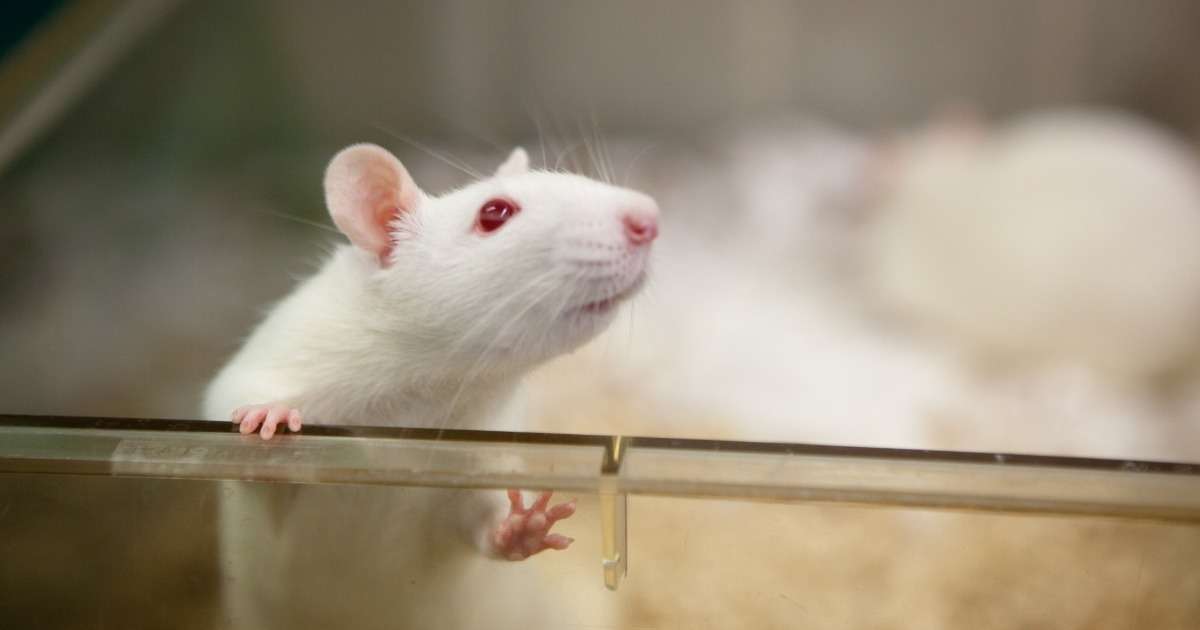
How behavioral core facilities advance research
Behavioral cores benefit universities as well as science in general. Recent cases show improved reproducibility of tests and protocols to assess a more complex phenotype of model animals.
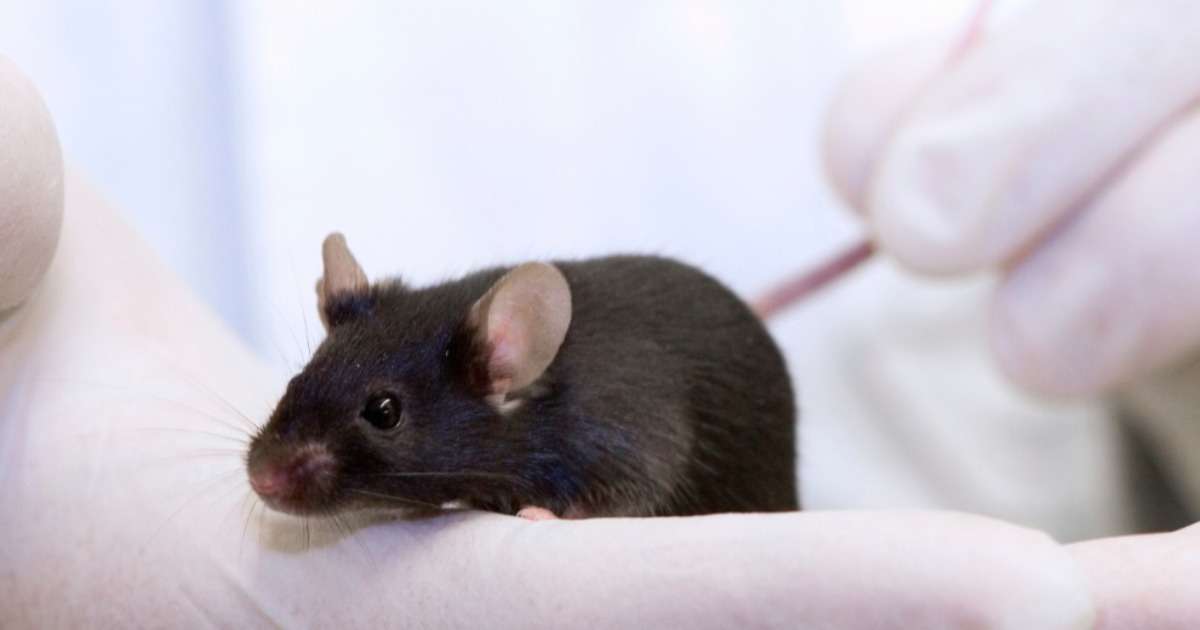
A new sensory and motor scale for the CIA arthritis mouse model
Dr. Bonnefont and her colleagues at IRMB in France just recently proposed a new ArthriSM scale to predict motor and sensory functional deficits in arthritis mouse model. Read more about it in her blog post!

Studying spatial learning and memory with Cincinnati Water Maze
Studying spatial learning and memory is important to develop treatment for Alzheimer's and other diseases influencing on orientation and navigation. One way to study it is with Cincinnati Water Maze.
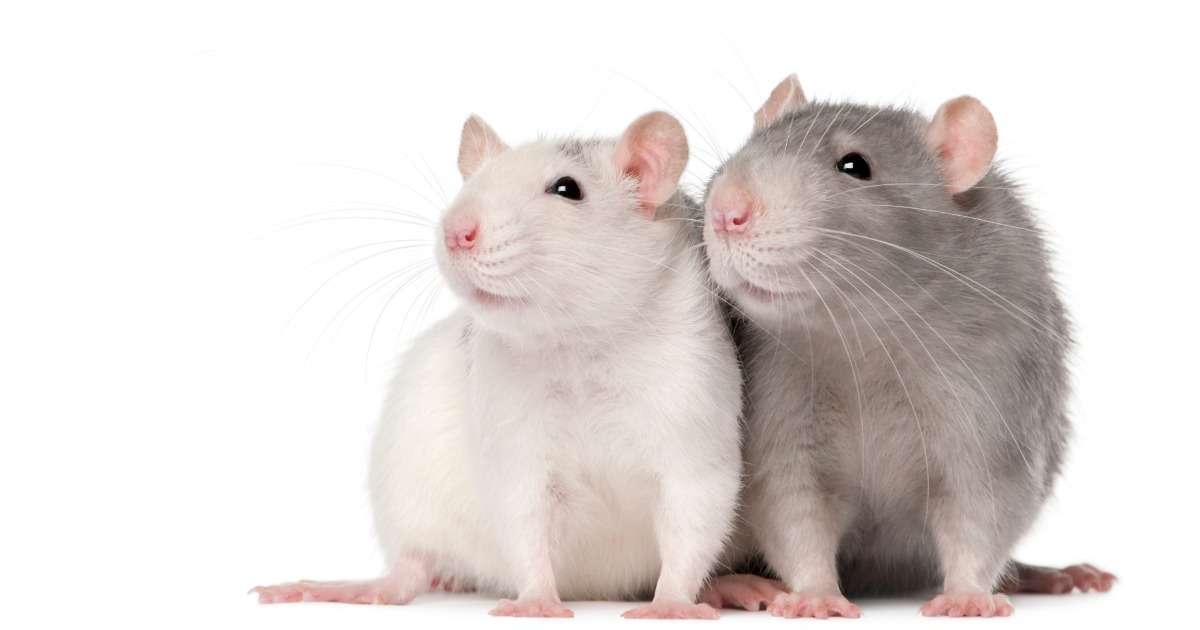
The relationship between social hierarchy and social stress
Today, Deepika Patel kindly shares her research on social structures with us. She investigated rat behavior in detail, using several test paradigms.
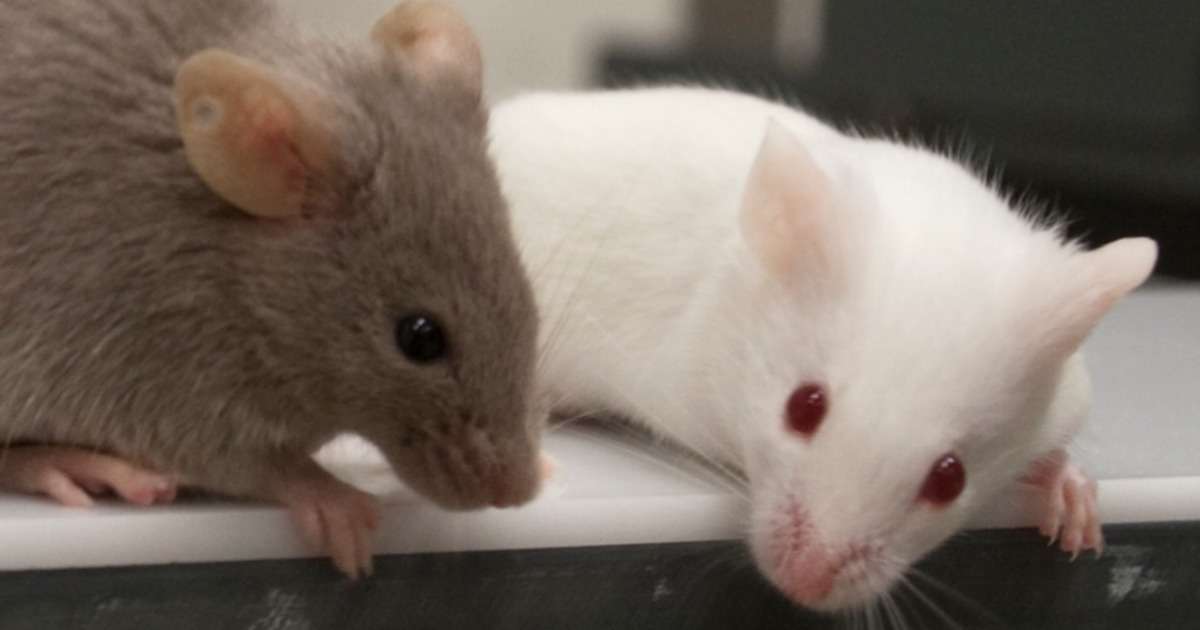
A to Z on optogenetics and video tracking studies
Optogenetics allow researchers to either activate or inhibit neurons in the brain. To see how this affects behavior, you need to record that behavior and synchronize it with the stimulation. Here's how.

Studying shrimp feeding behavior and why it’s important for aquaculture
Shrimp is a popular dish, and these crustaceans are a very large part of commercial aquaculture. Especially Pacific white-leg shrimp, as they grow fast and are able to adapt to a wide range of environments.

Father’s genes affect their offspring’s future success
The early life environment of male bank voles can influence their offspring significantly. Both social stress and nutrient supply have an effect on the chances of survival for two generations.

Screening insecticides for efficacy or tolerance
Maarten Jongsma and colleagues use EntoLab to detect changes in insect behavior that provide a sensitive method for identifying and quantifying resistance development. They tested this approach with pyrethrins against aphids.
